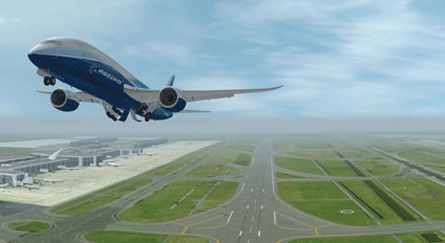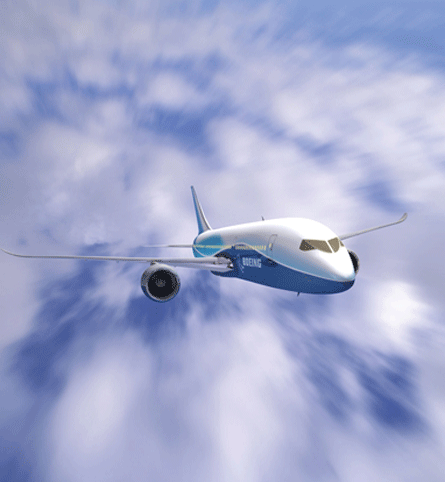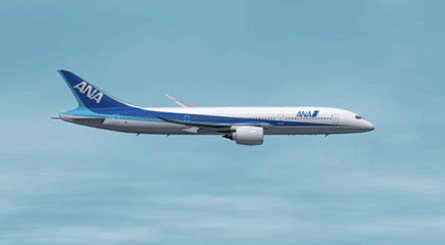Now that work has begun on Boeing's 787 Dreamliner to enable it to fly, flightglobal.com takes a look at the aircraft before the 787.
Part one of the two part series looked at how market forces meant that Boeing had to abandon the Sonic Cruiser project. It soon came up with an alternative project, the 7E7, which was later to became the 787. The E stood for "efficient".
 |
|---|
© Boeing |
The man leading the 787 programme, Mike Bair, was charged with marketing Boeing's future products in 2000. He was a key player in the events that led to cancellation of the 747X as well as the thwarting and killing of the Sonic Cruiser.
Bair became vice-president and general manager of the 7E7 programme in January 2003, tasked with building the business case to launch the first all-new Boeing in a decade, including securing risk-sharing partners, running a high-profile competition for the final assembly site, and finding customers.
After the false steps of the 747X and Sonic Cruiser, the 7E7 moved quickly under Bair's leadership. Approval to offer came in December 2003 and in April 2004 Boeing launched the 787 with a 50-aircraft firm order from All Nippon Airlines.
From these pictures you will see that Boeing has favoured a more conventional vertical fin while the tail of the 7E7 was very different, with an elegant swept arrangement known as the sharkfin.
 |
|---|
© Boeing |
Boeing finessed the external lines of the aircraft following windtunnel testing, which also resulted in changes to the shape of the nose and cockpit windows.
 |
|---|
© Boeing |
The distinctive shark-fin tail ensured that Boeing garnered plenty of publicity for its 7E7 marketing campaign, but many in the industry expected the design to be dropped in favour of a more conventional looking shape.
 |
|---|
© BoeingBoeing launched the 7E7 in April 2004 with a 50-aircraft firm order from All Nippon Airlines |
Related content
- Everything about the Boeing 787 Dreamliner
- Reality bites for Dreamliner fin
- Mike Bair - the man behind the 787
- The Boeing 7E7 Dreamliner timeline
Source: FlightGlobal.com
















